Your Travel Guide To Food In Japan

Food in Japan is some of the freshest, most delicate food. I absolutely love it because the Japanese tend to use seasonal ingredients in their cooking, and Japanese food is centered around fish, rice, noodles, and vegetables. Of course, sushi has spread throughout the world, but the best way to enjoy Japanese food is to try the food yourself on a Japan tour. Here are my tips on the food in Japan you must try on your trip there.
Your Travel Guide To Food In Japan
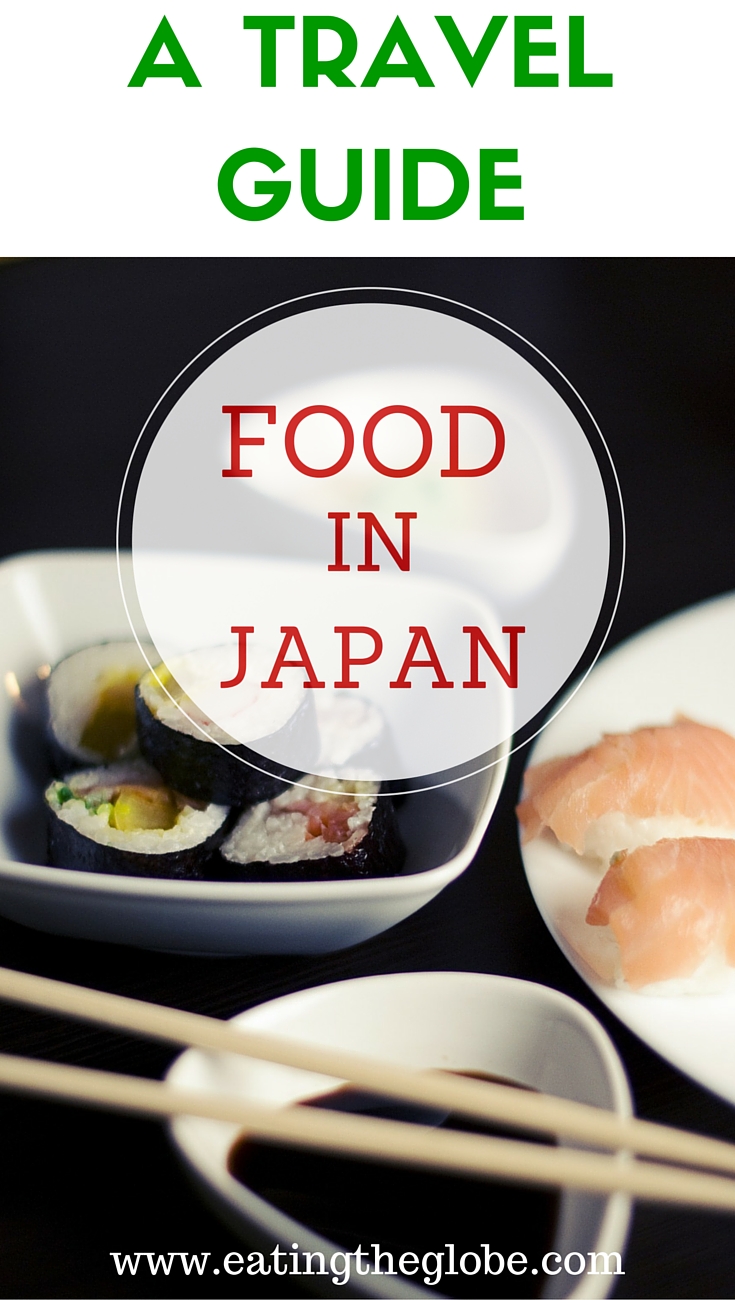
1. Ramen Soup
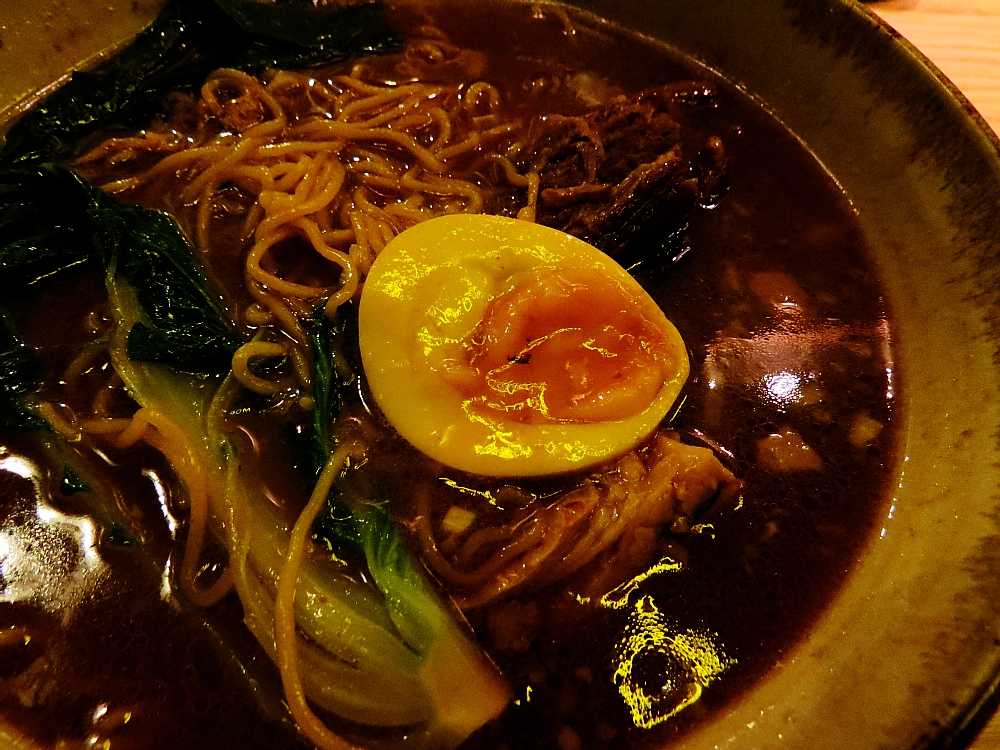
I’d have to say that Ramen soup is my absolute favorite food in Japan. The broth is what makes it. It’s usually a meat broth, but can also be made of seafood. The soup includes noodles, miso or soy sauce, and kelp or seaweed. It also has toppings such as boiled eggs, bean sprouts, and nori. My favorite Ramen is the pork bone broth known as tonkotsu found in the Kyushu region of Japan.
2. Okonomiyaki
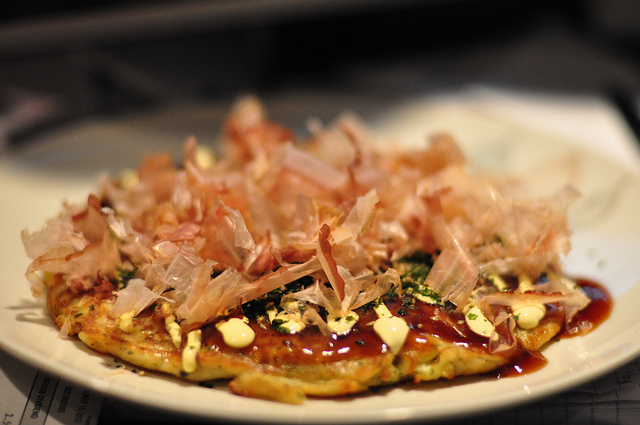
Photo by Lucas Richarz, Flickr CC
Okonomiyaki is a savory pancake and is usually found in Tokyo and the Kansai or Hiroshima areas of Japan. It’s more like an omelette than a pancake, and it is made up of different ingredients which usually always includes shredded cabbage. It’s also sometimes known as Japanese “pizza”. It’s crispy on the outside and soft on the inside and there are different varieties depending on where you go.
3. Rice balls (Onigiri)
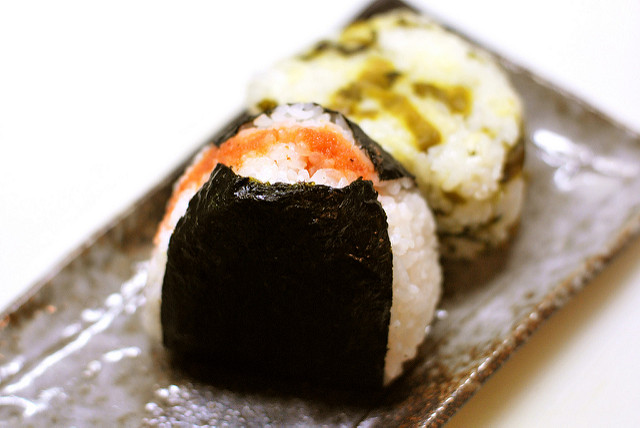
Photo by Yumi Kimura, Flickr CC
Rice balls are made of cooked rice that is wrapped in nori seaweed. They are often filled with salmon, dried mackerel, roe, squid, or pickled Japanese plum, and they make for a great snack.
4. Yakitori
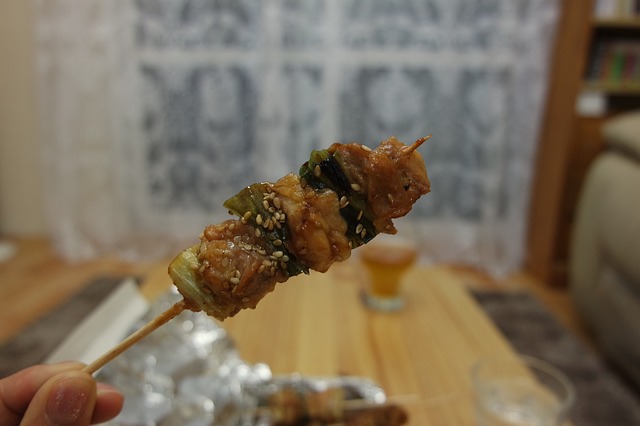
Yakitori, is chicken that is skewered and grilled over a charcoal fire. It ranges in flavor from salty to salty-sweet depending on the sauce that is brushed on while cooking. It is commonly found at izakayas, which are Japanese gastropubs, where the Japanese go for an after work drink and a snack.
5. Sushi
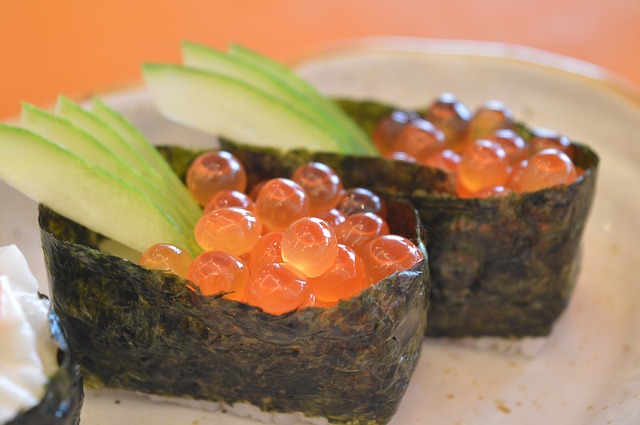
You may think you’ve had sushi, but until you have it in Japan, you really haven’t had it. In Japan, sushi isn’t just a meal, it’s an art. Becoming a sushi chef in Japan takes ten years. To become a master, at least seventeen years. In Japan, you should follow a few rules for sushi eating, if you want to be taken seriously. Never eat the sushi rice-side down. The seafood is supposed to touch your tongue first. You’re also not supposed to drown your sushi in soy sauce. Sushi is definitely food in Japan that’s worth booking a flight for.
6. Tonkatsu
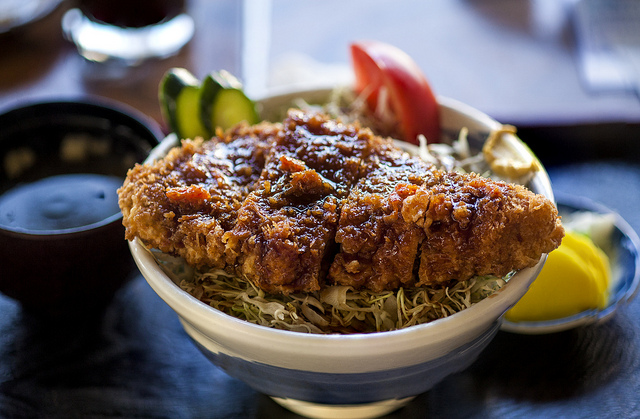
Photo by George Alexander Ishida Newman, Flickr CC
Tonkatsu is a panko breaded pork cutlet that’s been deep-fried and is made from either the loin or the fillet. It’s usually served with shredded cabbage. It’s usually served with tonkatsu or ponzu sauce and a slice of lemon.
7. Donburi

Photo by Bryan Chan, Flickr CC
Donburi is a steamed rice bowl with food on top of it. Common toppings are tuna, raw seafood, tonkatsu, stewed beef, pork, unagi (eel), tempera, and chicken and eggs. It is usually served with pickles on the side.
8. Miso Soup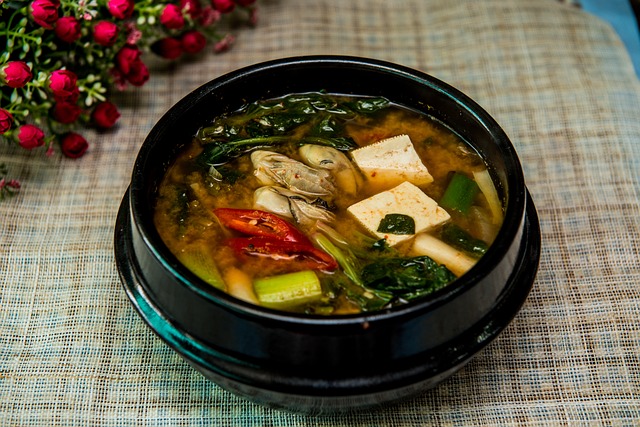
Miso soup is the traditional soup of Japan. It’s made from dashi stock and miso paste. Other ingredients are added depending on the region of Japan you are in. Miso paste is made by fermenting soybeans with salt and the fungus, Aspergillus oryzae. Tofu, seaweed, mushrooms, potatoes, onion, shrimp, fish, and clams are just some of the ingredients that are commonly added.
9. Sashimi

Sashimi is made of the freshest seafood, fish, or meat sliced thinly, and garnished with daikon. It is usually the first course of a Japanese dinner. It is eaten first because other flavors can affect the palate. Japanese chefs consider sashimi to be the most special Japanese food and is definitely food in Japan that you should try. It’s eaten by dipping each piece into soy sauce and wasabi or ginger.
10. Japanese Curry
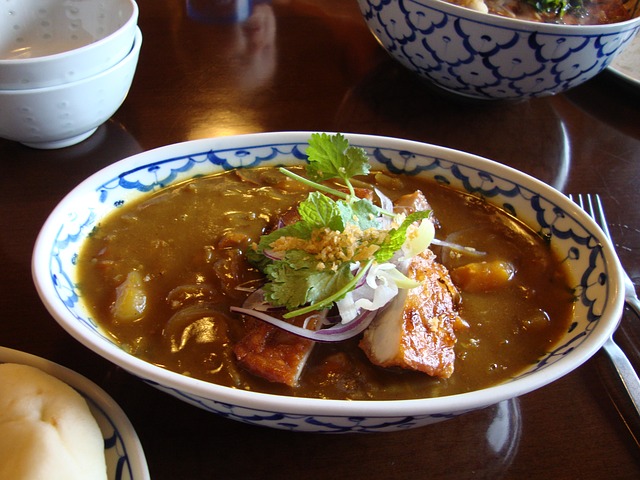
Japanese curry is another one of the more popular Japanese foods. It’s usually served over sticky rice or udon noodles. It’s made with vegetables and meat, beef, pork, and chicken being the most common. It’s very different from Indian curries, as it’s not as spicy, and is a bit thicker. To me, it’s the ultimate Japanese comfort food.
If you’re looking at buying knives on your visit to Japan, I recommend this article, “How To Choose The Best Japanese Chef Knives”.
